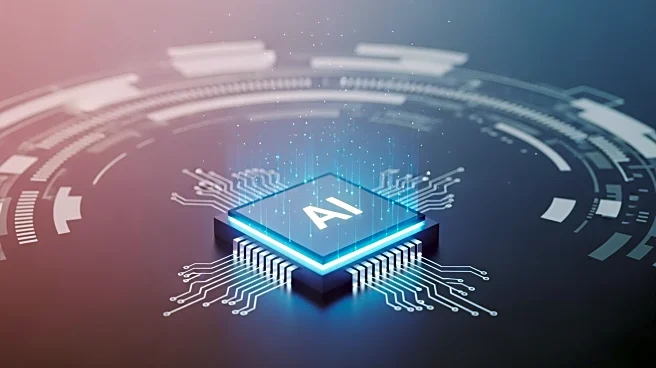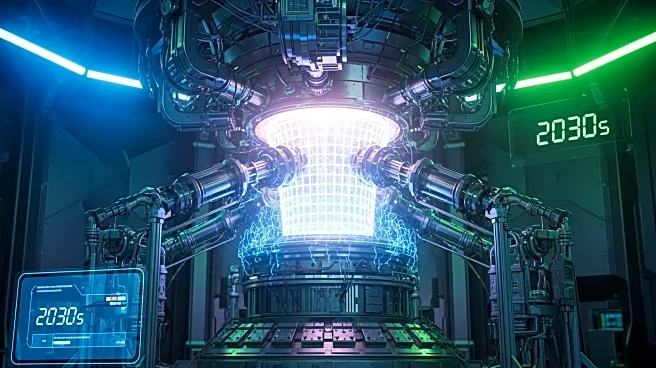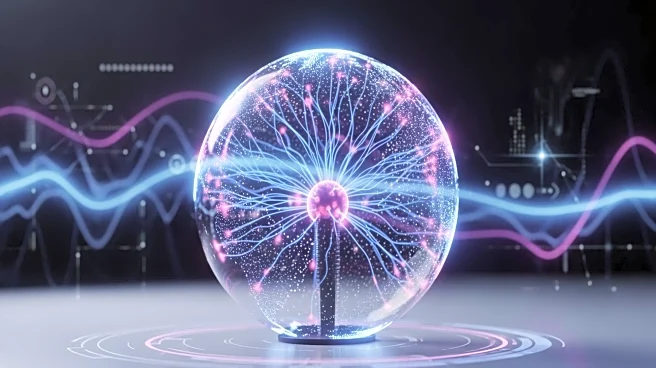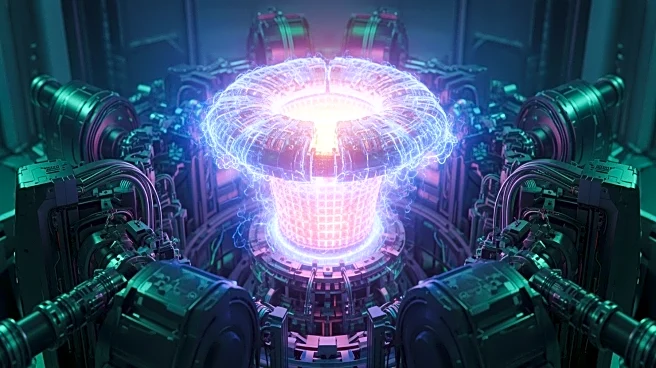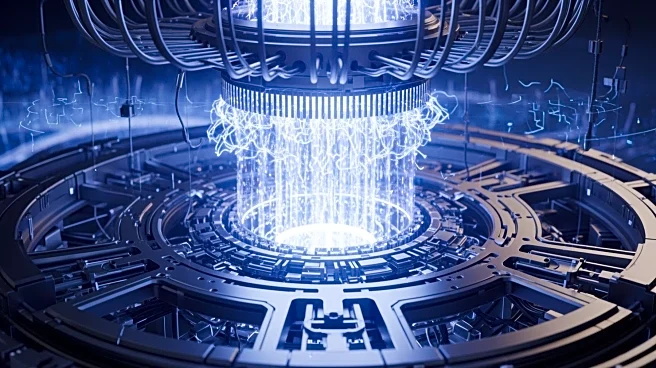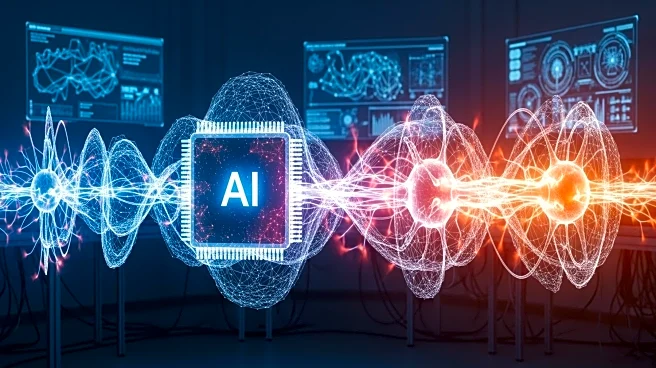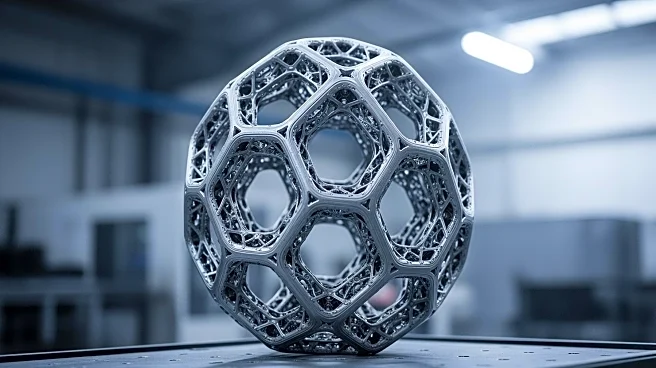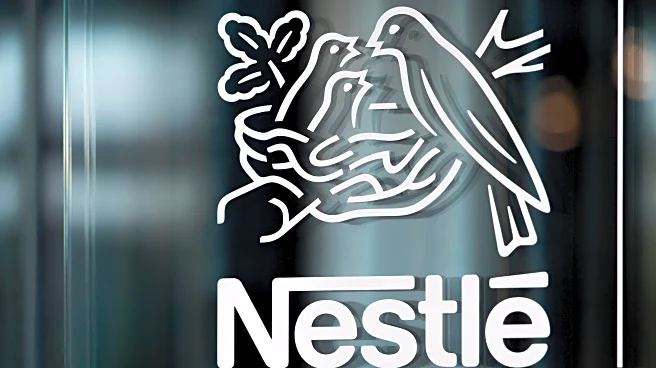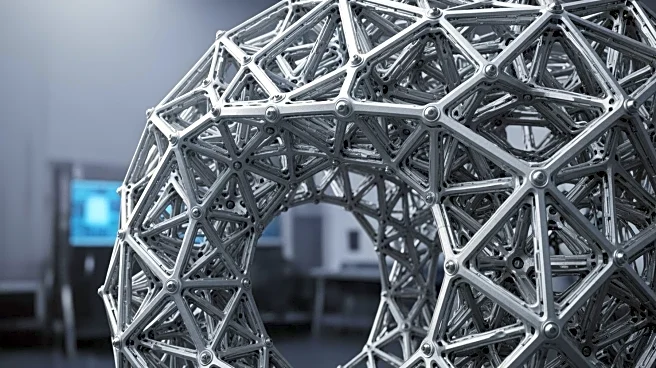What's Happening?
Researchers have developed a hybrid AI model that significantly improves the safety of shutting down plasma in tokamak fusion reactors. This model, which combines physics-based principles with machine
learning, was tested on the Tokamak à Configuration Variable (TCV) in Switzerland. The study, published in Nature, demonstrates the model's ability to predict plasma behavior during the critical shutdown phase, known as 'rampdown.' By accurately forecasting plasma dynamics and instabilities, the model helps design control trajectories that enhance rampdown safety. This advancement is crucial for the future of fusion energy, as it addresses the challenge of managing plasma that can reach temperatures over 100 million degrees Celsius. The model's efficiency is notable, having been trained on a limited dataset of just 311 plasma pulses, including only five high-performance shots.
Why It's Important?
The development of this AI model is a significant step forward in the pursuit of fusion energy, which promises a clean, safe, and virtually limitless source of electricity. By improving the safety and reliability of plasma shutdowns, the model addresses a major hurdle in the scalability of fusion reactors to power-plant dimensions. This advancement could accelerate the transition to fusion energy, reducing reliance on fossil fuels and contributing to global efforts to combat climate change. The model's ability to operate with limited data also highlights the potential for cost-effective advancements in fusion technology, making it more accessible and economically viable.
What's Next?
The successful implementation of this AI model in real-world experiments suggests that similar approaches could be applied to other aspects of fusion reactor operation. Future research may focus on refining the model to handle even more complex scenarios and integrating it into the control systems of next-generation fusion reactors like ITER. As the technology matures, it could lead to the development of fully autonomous systems capable of managing all phases of plasma operation, further enhancing the safety and efficiency of fusion energy production.
Beyond the Headlines
The integration of machine learning with established physics principles in this model represents a broader trend in scientific research, where interdisciplinary approaches are increasingly used to solve complex problems. This synergy between AI and physics could inspire similar innovations in other fields, such as climate modeling, materials science, and biomedical research. The ethical implications of AI-driven decision-making in high-stakes environments like fusion reactors also warrant consideration, as they raise questions about accountability and transparency in automated systems.
